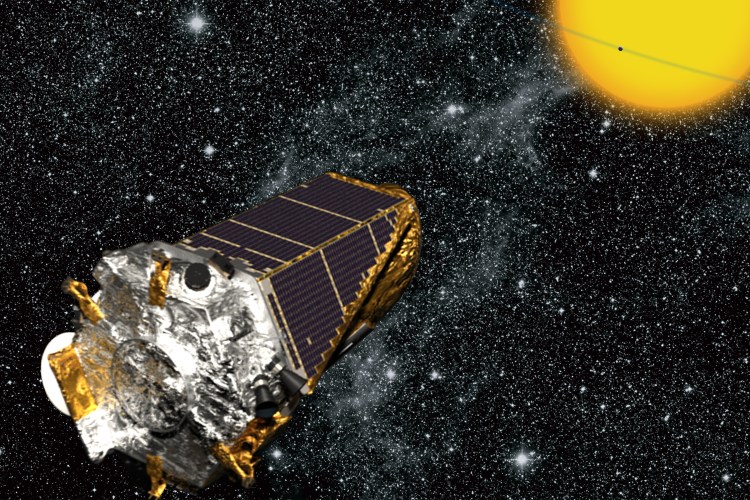Quite a few people at NASA breathed a heavy sigh of relief this week after learning that space telescope Kepler is once again able to resume finding new planets outside our own solar system.
The Kepler space telescope is a $600 million project that’s responsible for discovering 132 exoplanets and 2,700 objects that could potentially be planetary bodies.
Back in May, the telescope started experiencing technical difficulties. More specifically, there was a problem with Kepler’s steering system that altered its intended destination and caused NASA to lose contact. However, a plan to correct the telescope’s flight path using pressure from the sun’s radiation seems to have been successful.
Kepler recently observed a Jupiter-sized exoplanet — called WASP-28b — after several months of silence. The planet itself isn’t a new discovery, but Kepler’s observations does help prove its existence.
Now that Kepler is once again functional, it can resume its Star Trek-esque mission to explore new worlds.
Via io9, New Scientist
VentureBeat's mission is to be a digital town square for technical decision-makers to gain knowledge about transformative enterprise technology and transact. Learn More

